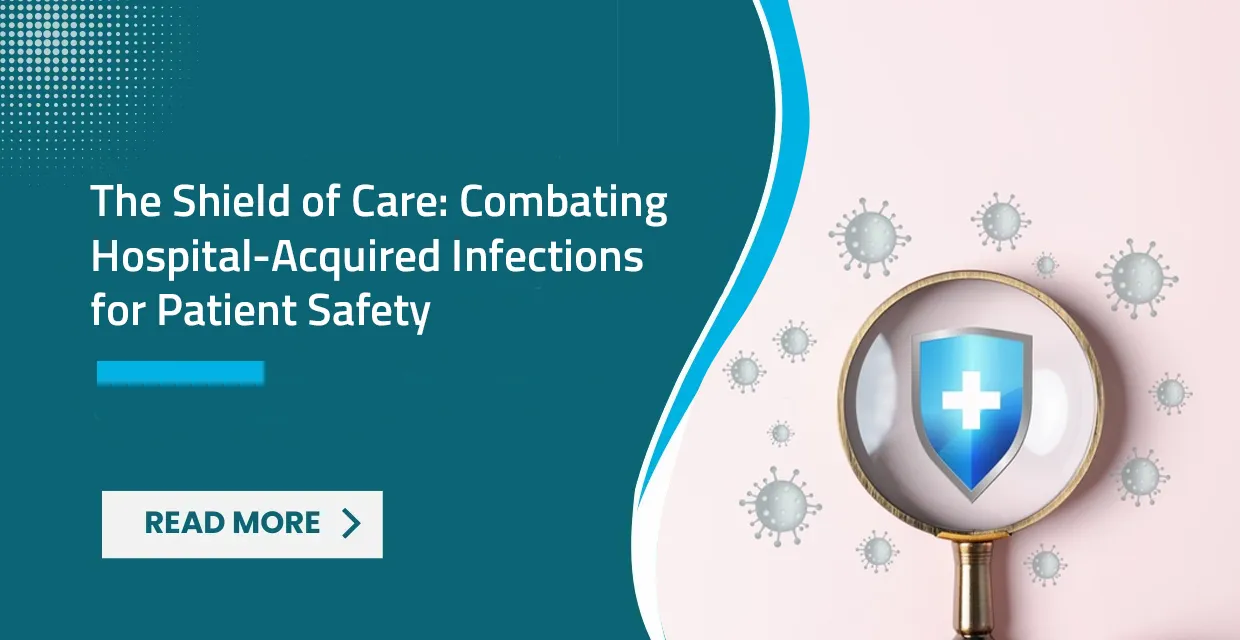Introduction to Hospital Acquired Infections
When you're admitted to a hospital, you expect to get better, not worse. But sometimes, patients can get infections while they are in the hospital for treatment of something else. These are called Hospital Acquired Infections (HAIs). HAIs can happen because of procedures like surgeries or from germs that can be found in the hospital environment. This blog post looks into the various ways hospitals and patients can work together to prevent these infections.
The Importance of Patient Protection
Protecting patients from infections in the hospital is critical. It’s not just about curing the sick; it’s also about keeping them safe while they recover. Preventing HAIs is crucial because these infections can lead to serious complications, longer hospital stays, and even life-threatening situations, not to mention the extra costs for treatment.
Standard Precautions for Infection Control
Infection control starts with some basic steps that healthcare workers use to stop infections from spreading. These steps are called standard precautions and include:
Hand Hygiene: Keeping hands clean is one of the most effective ways to prevent the spread of infections. Nurses, doctors, and other hospital staff should clean their hands with soap and water or an alcohol-based hand rub frequently, especially before and after touching a patient.
Personal Protective Equipment (PPE): Wearing gloves, gowns, masks, and eye protection helps create a barrier against germs. This equipment is important not only during surgery but also for everyday care for patients with infections.
Safe Injection Practices: Using a new, sterile needle and syringe for each injection and medication preparation is essential to prevent the transmission of infections.
Advanced Strategies to Combat HAIs
To fight HAIs, hospitals need to do more than just the basics. This includes:
Antimicrobial Stewardship: This means using antibiotics wisely and only when necessary. By doing so, hospitals can prevent the spread of antibiotic-resistant bacteria.
Environmental Cleaning and Disinfection: Hospitals must keep their environments clean by using strong disinfectants, especially on surfaces that people touch a lot like door handles and bed rails.
Patient Education: Patients should be informed about what HAIs are, how they can get them, and what they can do to help prevent them, like cleaning their hands and letting nurses know if their bandages get wet or dirty.
Implementing Effective Protocols
To keep patients safe from HAIs, hospitals should:
Screening and Surveillance: Keep a close eye on patients who might be at a higher risk for infections, especially in intensive care units (ICUs), and take quick action if an infection is suspected.
Isolation Precautions: Some patients might need to be kept alone in their room to prevent the spread of their infection to others.
Staff Training and Compliance: Regular training is important so that hospital staff remembers and follows the rules about how to prevent infections.
The Role of Technology in Preventing HAIs
Technology, like robots that disinfect with ultraviolet light, can help in the fight against HAIs. Hospitals are also using electronic systems to keep track of infection rates and to quickly find and stop outbreaks.
Conclusion: A Combined Effort
Stopping HAIs is a team effort. It includes doctors, nurses, hospital cleaning staff, patients, and their families. By working together and following the proper procedures, we can make hospitals safer for everyone.



